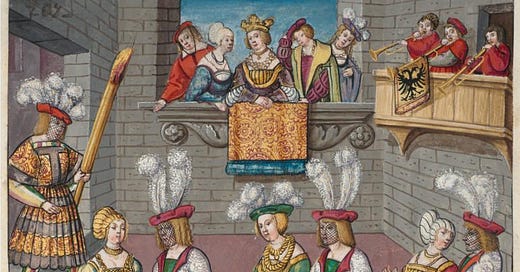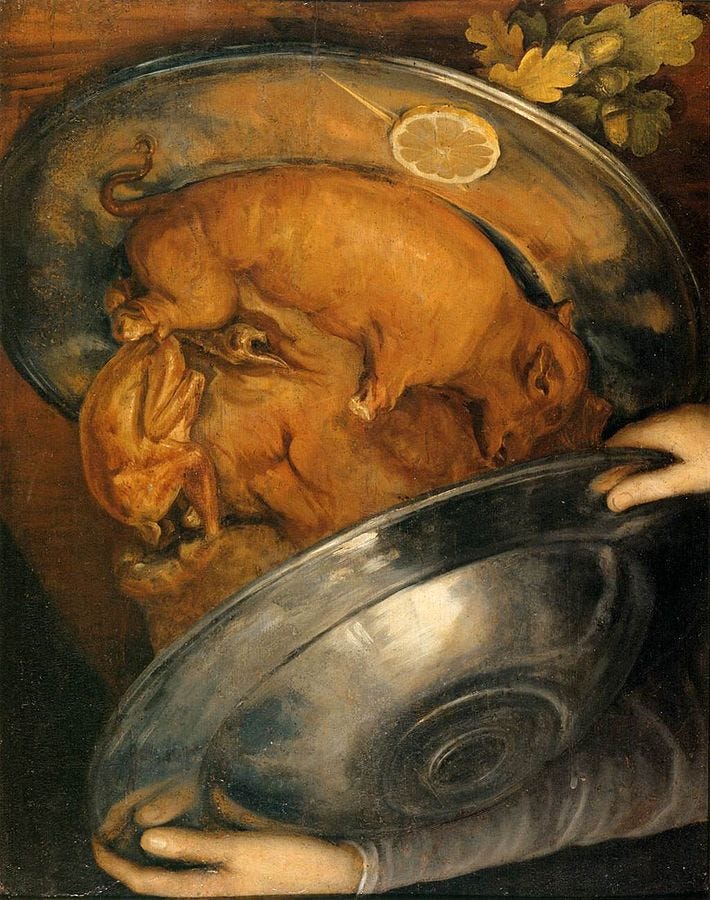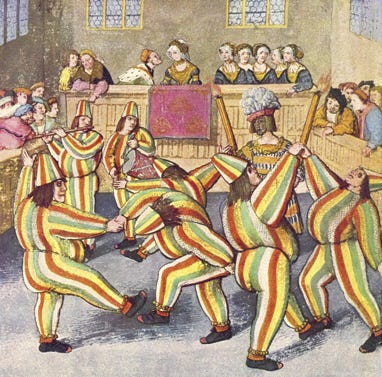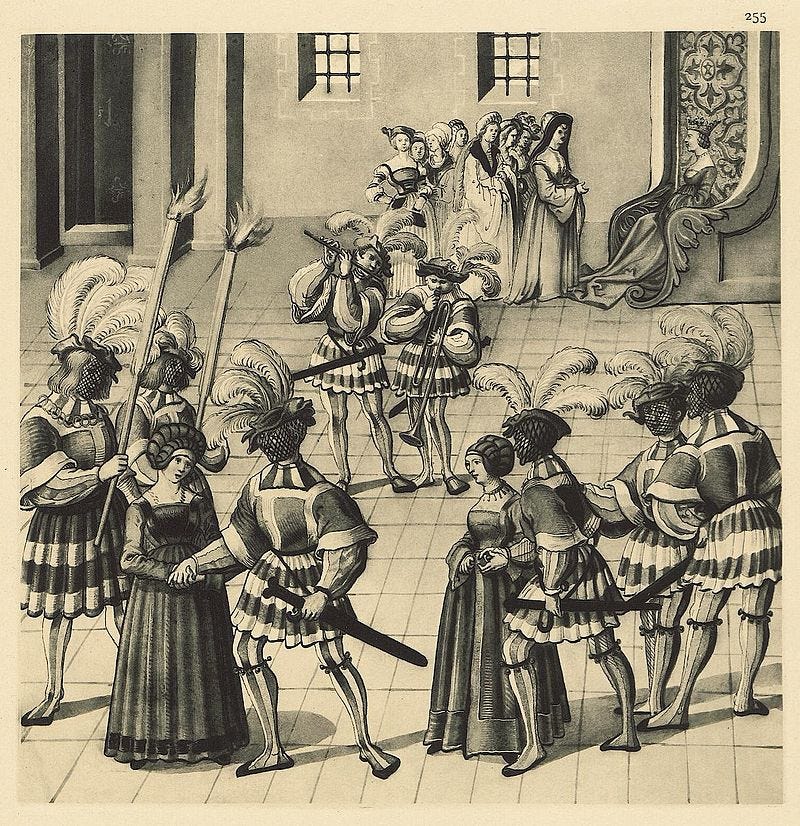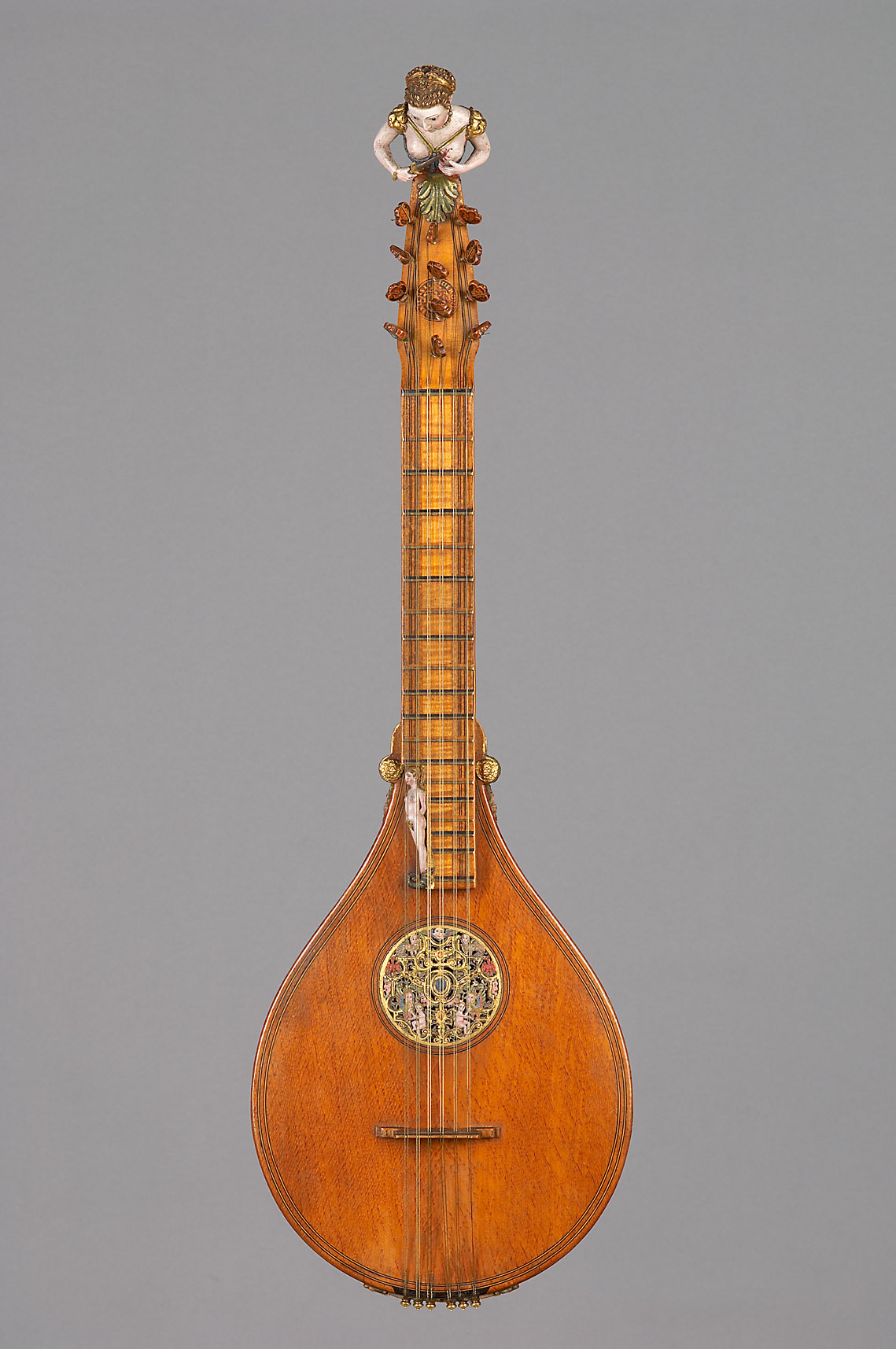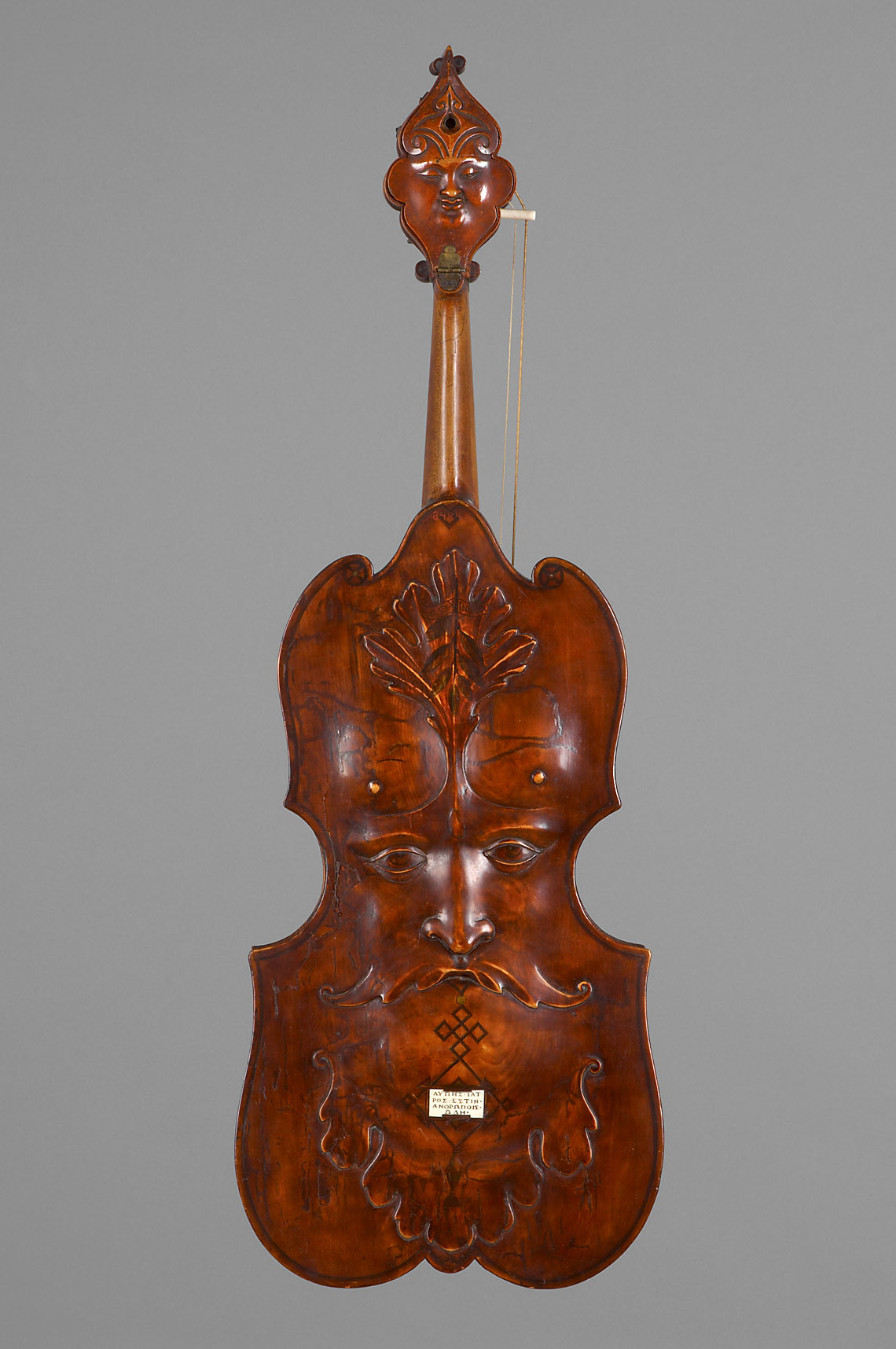On the table Week 11
Let’s face the music and dance
“Am I so sit here, the King of England, with a miserable fire and nothing to drink?”
It starts off so well. Two kings meet, so I'm expecting the first big royal state banquet. A minimum of courses in double figures. The taking of the royal cooks, pastry chefs, and poultry pickers to Calais fuels my expectations even more.
But alas it's not meant to be, we don't hear anything from the banquets. This week there is only wine (or vinegar, we don't know exactly what's in the glass, but wine was ordered) and for those who dare to order it, pottage in a greasy pub. The king fares a little better: he gets wine and soft fruit (and Anne). The Cook by Giuseppe Arcimboldo, around 1570.
If you are reading on your mobile phone, turn the picture also upside down or see it here. Arcimboldo is simply great.
Let’s face the music and dance
But lots of dancing and music this week! Who wouldn't want to dance with Gardiner or watch Uncle Norfolk free style dancing?
Emperor Maximilian1 was an enthusiastic jouster (and a master of self-representation) and had a tournament book designed between 1512 and 1515 in which, in addition to many tournament scenes, the entertainment at tournaments, especially dances, are also depicted. I can imagine the entertainment at the two kings' meeting being similar. Here are some illustrations from the book Freydal:
Freydal, fol. 164, Mummery
Freydal, fol 207: showing men cross-dressing as women
Freydal, fol 255 dancing with men wearing identical costumes
And finally, something for the eyes
As I wasn't offered anything in the way of culinary delights, I thought I'd look for royal splendor elsewhere: these 16th century musical instruments are exquisitely beautiful masterpieces and offer something not only for the ears, but also for the eyes.
Cittern by Girolamo de Virchis, 1574
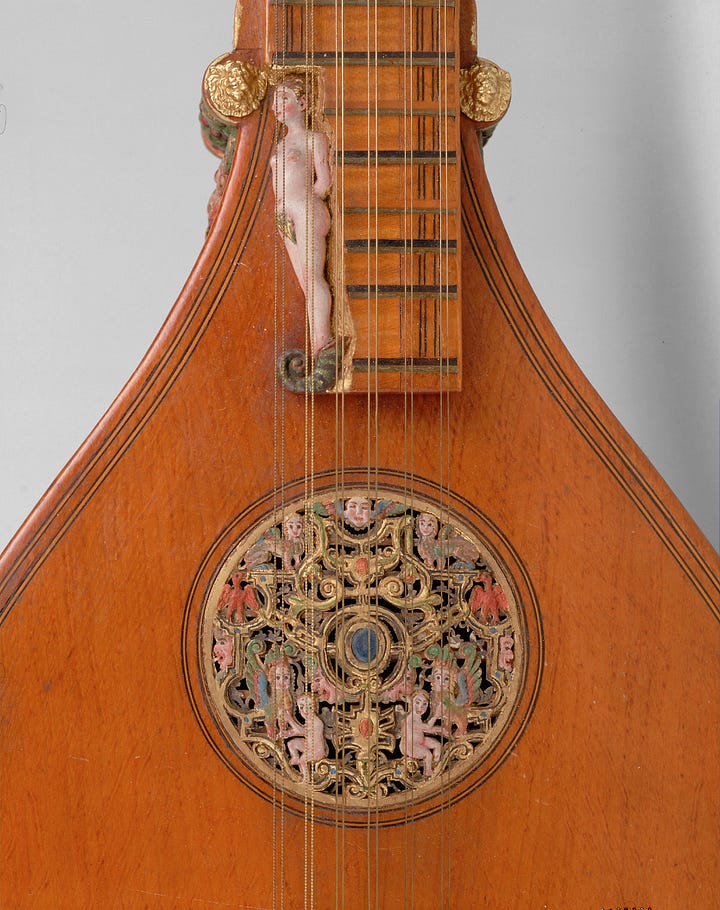
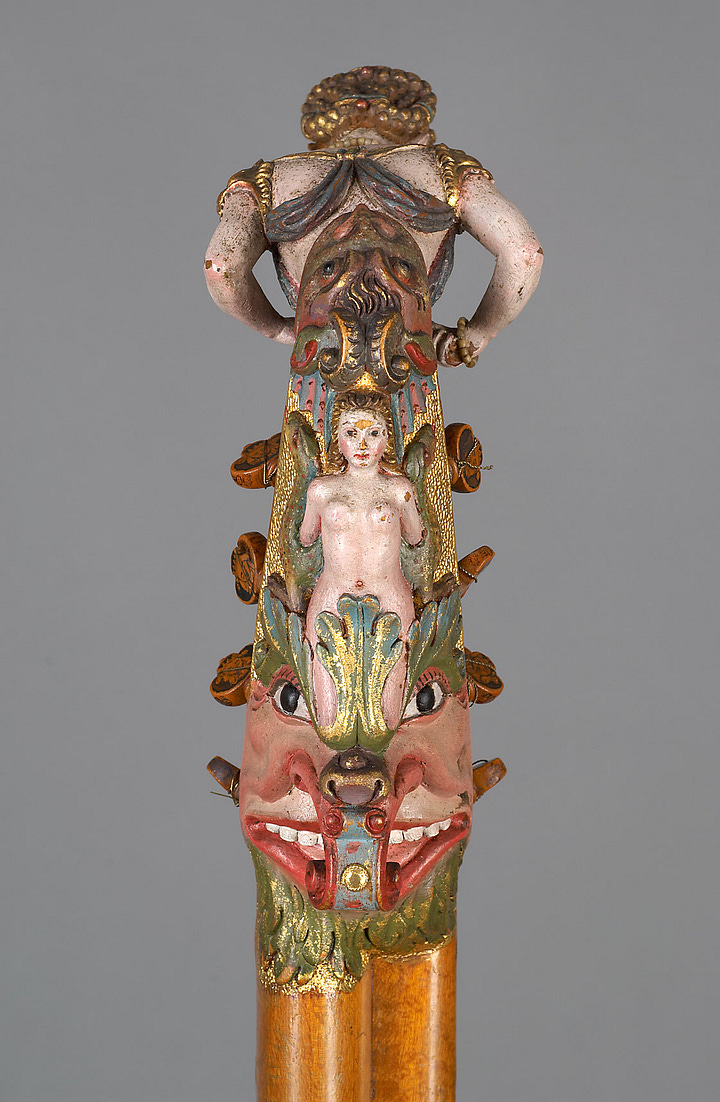
Lira da braccio by Giovanni d’Andrea, 1511. Back view of the instrument
Maximilian I, Holy Roman Emperor (1459-1519), grandfather of Charles V.

